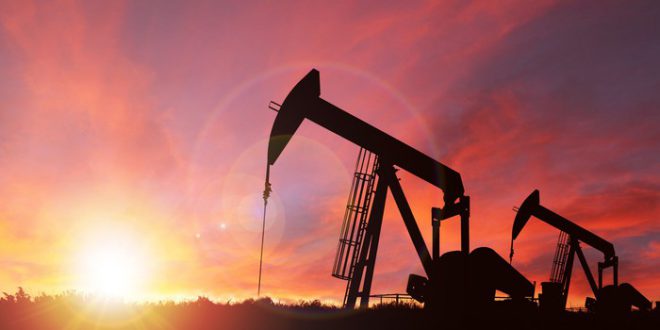Global oil spare production capacity could fall in April as Saudi Arabia and the UAE bring more supply to the market following the collapse of output restriction pact.
“Global spare capacity will drop by 2-3 million bpd as most of the players with spare capacity will start ramping up their production to near their capacity in a market share war,” said Iman Nasseri, Middle East managing director at London-based Facts Global Energy.
Spare capacity is the volume of production that can be brought on within 30 days and sustained for at least three months.
Saudi Arabia, the world’s largest crude exporter and OPEC’s biggest producer, which has historically had the greatest spare capacity, last week said its supply for the month of April would be 12.3m bpd, which is 300,000 bpd above its production capacity. The producer also said it had received the greenlight from its energy ministry to reach output capacity of 13m bpd by an unspecified timeline.
Meanwhile, the UAE, OPEC’s third-largest producer, said it would supply 4m bpd, nearly a million bpd more than its output for February and would work to “accelerate” reaching its capacity target of 5m bpd. The state producer Abu Dhabi National Oil Company had previously earmarked the capacity target for the year 2030.
However, Jim Burhard, IHS Markit vice president and head of oil markets said “there is essentially no spare capacity in the short-term as long as Saudi Arabia produces 12m bpd—up to their capacity” with the higher production likely to keep prices weak.
Saudi Aramco could easily draw more than 30m barrels from its inventory to make up for a million bpd increase in April supply, but is unlikely to keep production at 11m bpd for longer than a month, said Mr Nasseri
The drop in the global spare capacity as a result of the market being flooded with cheap oil is also likely to be short-lived as the current low levels of demand in the markets would be unable to absorb the incoming supply.
“There is no demand to sustain that level of production nor enough tanks to build stocks for longer than two to three months (assuming nearly 4m bpd of oversupply),” said Mr Nasseri.
On Wednesday OPEC revised its demand growth to 60,000 bpd as it factored in impact on economic growth from the spread of the coronavirus, which has now been declared a pandemic. The group of exporters followed the lead of the International Energy Agency, which said global oil demand is set to contract this year – the first full-year decline in more than a decade.
However, other analysts were more bullish about the squeeze in global spare capacity recollecting the spike in prices up to $86 per barrel in 2018, when Saudi Arabia pumped at a record level of 10.7m bpd, to compensate for the loss of Iranian barrels from the markets due to US sanctions.
“If major producers around the world are developing their spare capacity, then naturally that should give a boost to the front end of the curve,” said Ehsan Khoman, head of Mena research and strategy at Japanese bank MUFG.
“Typically lower capacity means that there’s a concern in the markets that if something goes wrong globally, oil supply disruption or some issue, these producers can’t produce [more],” he added.
However, with the focus on demand shock in the markets as a result of the slowdown in transportation and factory activity, spare capacity concerns are not a priority for the markets, said Mr Khoman.
Sara Vakhshouri of SVB Energy also dismissed concerns about limited spare capacity moving prices higher “unless a supply disruption takes large volumes of oil for a longer period of time out of the market”.

 Iran Energy News Oil, Gas, Petrochemical and Energy Field Specialized Channel
Iran Energy News Oil, Gas, Petrochemical and Energy Field Specialized Channel



